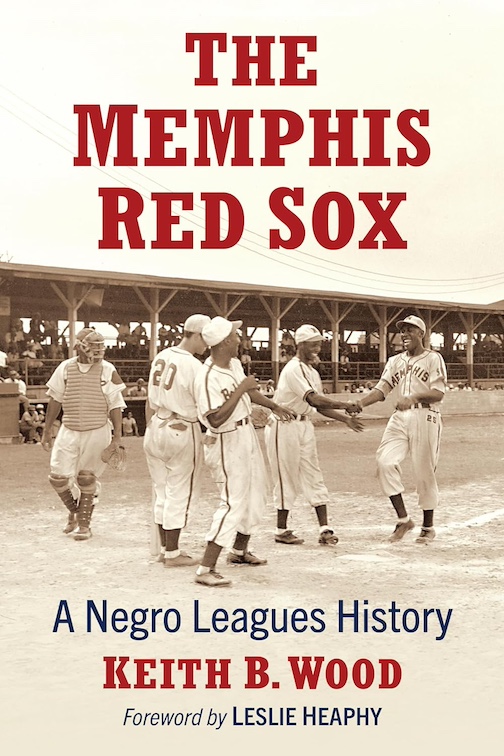Shaping, Shaped
Adrianne Harun speaks with Chapter 16 about her new story collection
Last summer I heard Adrianne Harun give a fantastic talk on narrative structure at the Sewanee Writers’ Conference. During the talk, she showed the audience a photograph of the Bunny Lane House by architect Adam Kalkin, who had nested an entire two-story farmhouse inside the shell of a large metal shed. Harun pointed out the way the Bunny Lane House does architecturally what fiction writers often do in narrative: create dialogue between the old and the new. Reading Harun’s haunting and incandescent new story collection, Catch, Release, is also like inhabiting a strange and surprising place, one where the unexpected is sneakily placed inside the seemingly mundane. Harun recently answered questions from Chapter 16 via email.
 Chapter 16: At Sewanee last summer, you spoke about narrative structure, on the way every story contains its own architecture, its own expectations of entrance and exit. When shaping the collection as a whole, how did you think about the flow between the worlds of each story? Was there a larger architecture you had in mind for the collection?
Chapter 16: At Sewanee last summer, you spoke about narrative structure, on the way every story contains its own architecture, its own expectations of entrance and exit. When shaping the collection as a whole, how did you think about the flow between the worlds of each story? Was there a larger architecture you had in mind for the collection?
Adrianne Harun: I hesitate to answer this question, because I’m going to sound both dangerously abstract and far more rigorous than I actually was. (Kind of nuts, too.) But OK.
In my talk, I mentioned how some stories or novels follow the form of an enfilade of rooms, one space leading directly into another. On the face of it, a collection of stories might seem to imitate that movement. But these stories aren’t linked. They take place on different spatial planes, in a sense. So as I grouped and positioned them, I tried to pay attention to how a story might deliver a reader to a particular place emotionally, where s/he might land, and thought then, too, about what the next place/story might bring. In that sense, I was well aware of entrances and exits and operated with the hope that despite the lack of an outer frame that, say, a novel context or a single landscape might provide, the reader would feel those different story planes were all crucial parts of the same, compelling world and would leave that world at the collection’s end, standing on yet another threshold.
I warned you.
Chapter 16: In your novel A Man Came Out of a Door in the Mountain, the devil himself seems to haunt your characters. Did anything devilish from that novel change your writing process for short stories or linger in the DNA of the stories in Catch, Release?
Harun: With A Man Came Out of a Door in the Mountain—that mouthful of a story title—I was trying to do the impossible: make some small sense of evil. The devil’s influence is unendingly contradictive. He’s relentless and insidious yet also strangely peripheral. He’s a minor, yet crucial, character in that novel, which seemingly has far more to do with a group of friends in a mountain town in British Columbia than with the ongoing crisis of murdered and missing indigenous women.
I found it unsettling how assured and beastly evil is, how directed, and fascinating how this “minor” character slowly took over the story, characters, even the weather. That was a revelation for me and has colored my writing since.
Many of the stories were written or begun before or during the time I wrote the novel and seemed to me to live in a more innocent world, where trouble might exist “outside” and only occasionally invade—a very different conception. However, I wrote two stories in the collection within weeks of each other after I finished the novel. Only much later—I’m kind of dense—did I see a connection between each of them and between them and the novel.
Sven in “A Dead Man’s Land” is certainly kin to A Man Came Out of a Door in the Mountain’s Keven Seven. Assured, attractive, terrifying. His son Dom surprised me, but he shouldn’t have, should he? The devil takes many forms. Almost as an antidote, it seems, I turned to the poor, dangerously bored guardian angels in “Temptation of the Tutelary.” So, yup, I guess I wasn’t done with the devil or he with me.
 Chapter 16: Many of these stories play with speculative and Gothic elements, while others contain an aura that feels almost like a fairy tale. Reading Catch, Release, I often thought of two of my favorite writers, Rachel Ingalls and Shirley Jackson. Are you aware of more magical or Gothic elements when you start the story, or do they enter through a back door during the writing process (to continue with our structure theme)?
Chapter 16: Many of these stories play with speculative and Gothic elements, while others contain an aura that feels almost like a fairy tale. Reading Catch, Release, I often thought of two of my favorite writers, Rachel Ingalls and Shirley Jackson. Are you aware of more magical or Gothic elements when you start the story, or do they enter through a back door during the writing process (to continue with our structure theme)?
Harun: Lee, we are kindred spirits. I, too, am a big fan of both Shirley Jackson’s and Rachel Ingalls’s work. Both writers illustrate how we take so much for granted—so much strangeness—and, too, how we seem to need to be reminded just how marvelous and odd our existence is. I love that shock of recognition when what we think of as normal and mundane shifts or cracks open, and we get a rare unsettling moment of pure illumination.
In her terrific essay, “Fairy Tale is Form, Form is Fairy Tale,” Kate Bernheimer (a marvelous storyteller) points out the “normalized magic” of fairy tales. I love that term and heartily believe it also applies to much of what we think of as real life. I’m a broken record on this subject, but c’mon—sleep, dreams, love, aging… . What’s more uncanny than all those deeply routine aspects of life?
My characters are, for the most part, quite unremarkable people whose situations interest me for some reason. But as I follow them along, spooling out and opening their worlds, they cease being ordinary and become marvelous—as they should. My preconceptions are nearly always upended, and I love that. I can’t say I conceive of a story in magical or gothic terms—stories almost always start with a glimpse of character for me—but if something outright uncanny enters a story, I take that tiny, unsettling note as a gift, evidence of those unseen but fully necessary human realities.
Chapter 16: Many of the stories in Catch, Release speak to the way loss ends one world and opens up doors to new and stranger worlds entirely. “It’s all about loss,” the collection’s final and title story states. “Even a simple game of catch is hinged on the moment the ball leaves the glove, the moment it returns. Don’t even try to think this story or any other story is about something else.” Other stories in Catch, Release also comment on the act of storytelling. (“Pearl Diving”: “[Y]ou have no idea how a tale truly grows smooth and fulsome, how a story becomes a life.”) How do these comments on loss and storytelling connect to your vision for the collection as a whole?
Harun: As always, I’ve been surprised by what emerged within something I’ve written. That thread of losses… . Well, I certainly should have known that’s what I was about, but while many of the characters experience profound losses (not always sorrowful ones, by the way), I have to say I didn’t consciously have that thematic thread in mind. The characters have other good trouble—other mysteries to solve or loves to navigate—and those particular stories engaged me first and foremost.
In truth, I don’t think of these stories as being so much about loss as, well, those free floating moments between when the ball—oh, let’s say that sentient ball is us—leaves the glove and when it returns. That’s the process of life, isn’t it? And in that in-between, up-in-the-air, out-in-the-world passage lies a slew of possibilities: freedom, exhilaration, terror, risk, adventure. While loss, hellishly, is also one byproduct of a true life in action, a life held tightly would be endlessly, unbearably, static. No story at all, I’m afraid.
It seems I have become entrenched in that notion of the ball in the air. When I think now of the classic Freytag triangle, the very definition of story shape, what do I see but a ball traveling through air once more.
Chapter 16: There’s a lot of darkness in these stories but also so much humor. (“Temptations of the Tutelary,” in which bored guardian angels watch their charges at a nursing home, in particular made me laugh.) What role do you see humor playing in your work?
Harun: First, so glad you saw the humor! I’m no expert on human existence, but as a species, I’d say we’re a pretty dopey bunch, which may also just be our saving grace. It’s when we take ourselves far too seriously that all hell breaks loose. Humor in fiction also quickens, lightens, and unexpectedly—delightfully—reveals.
Chapter 16: During your talk on narrative structure and shape, you said, “We shape our stories and then they shape us,” a line that has very much stayed with me. How have the stories in Catch, Release shaped you or re-shaped you?
Harun: That line of “mine” is a bastardization of a truly great quotation from Winston Churchill. He was talking about architecture, of course. To paraphrase, Churchill said, “We shape our buildings and then they shape us.”
Your question, though, is far more meaningful than you may know. I’m living in the hardest season of personal losses at the moment, and as I reread the stories lately, I was astonished to see the evolution of my own heart, grieving and widening. I feel grateful to take strength, even fleetingly, in the love-drenched, hopeful aspects of that catch, release dynamic. Surprisingly, I guess I’ve become my own reader, which sounds crazily solipsistic, but at the moment feels a comfort.

Lee Conell’s debut collection Subcortical recently won The Story Prize Spotlight Award. Her fiction has appeared in places like Kenyon Review, Guernica, Glimmer Train, and American Short Fiction. She earned her M.F.A. at Vanderbilt University and lives in Nashville.





